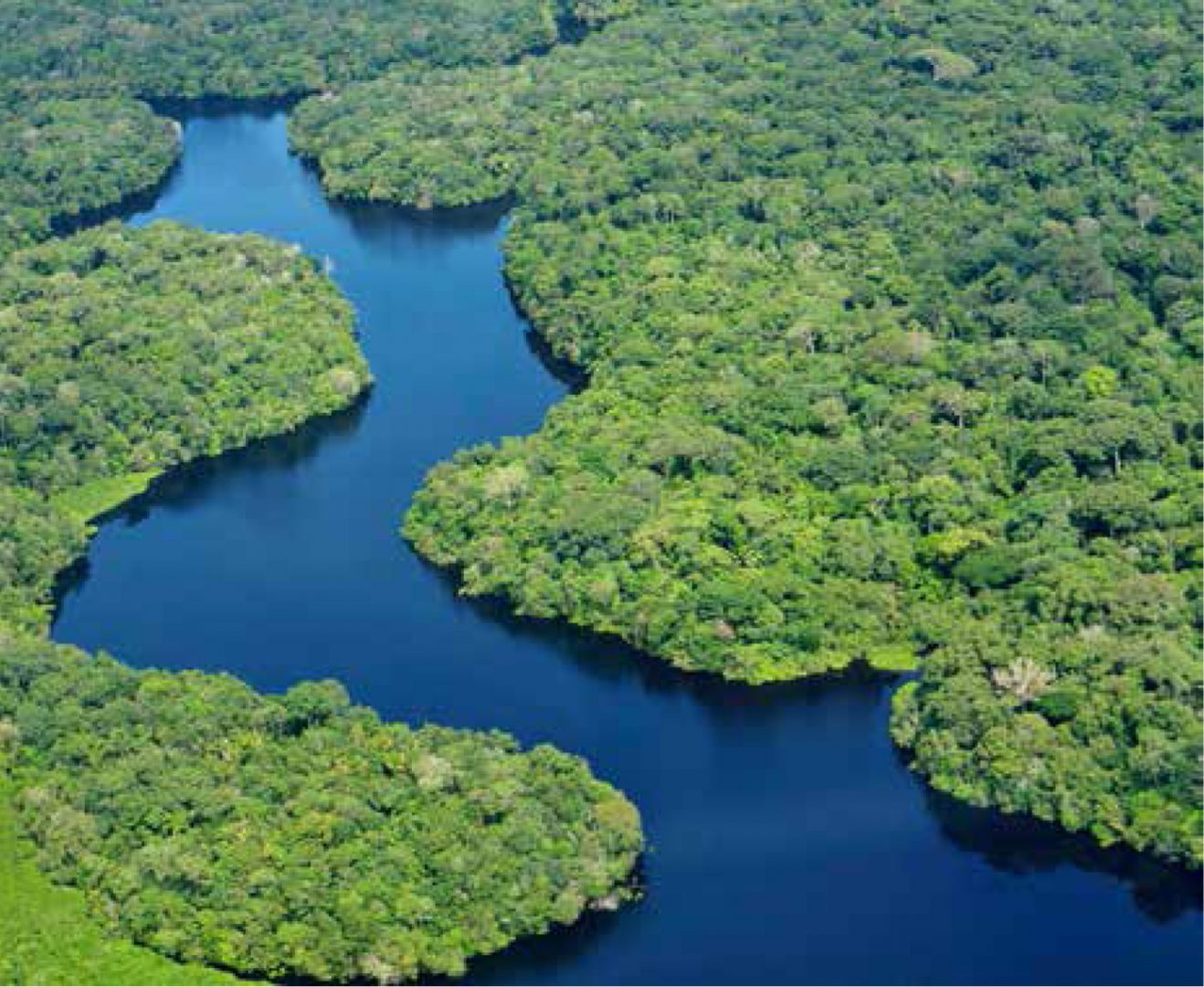Protected area networks help buffer the effects of climate change on species and communities.
Global climate change is a key issue in ongoing conservation efforts worldwide, especially for protected areas. How will our networks of protected areas fare in the future? Do these networks contain suitable climate space to accommodate species range shifts resulting from climate change? In a recent study, Hole and colleagues answered this question for avifauna in a network of Important Bird Areas (IBAs) in sub-Saharan Africa. The authors focused on the 803 mainly-terrestrial IBAs (as opposed to marine) in this region and modeled shifts in distribution of 1608 bird species within them, in response to anticipated climate change. Shifts in distribution were examined over three time periods, from now till: (1) 2025; (2) 2055; (3) 2085. The projections of future climate change for these exercises were obtained using three different global climatic models, i.e. three different scenarios of how climate will change in the future. The study presents some good and bad news. The bad news is that there will be substantial species turnover (replacement of one species by another) at the level of individual IBAs. Median turnover across all species is expected to be 10-13% by 2025 and 20-26% by 2085; numbers for “priority” species, i.e. species of particular conservation concern, are 20-26% and 35-45% respectively. The good news is that, at the whole sub-Saharan IBA network level, persistence of avian species is remarkably high. A majority (74-80 % for all species and 55-68 % for priority species) of the ensembles of species currently present in individual IBAs will continue to persist in the IBA network in 2085. For individual species, the conditions become less suitable for some while more suitable for colonization in the case of others. Overall persistence among 815 priority species remains remarkably high at 88-92 % and only 7-8 species completely lose suitable space within the networks by 2085. In conclusion, this study shows that though future climate change is likely to cause substantial disruption at the level of individual protected areas, networks of protected areas can play key roles in buffering these impacts for species and communities.
Further reading
Hole DG, SG Willis, DJ Pain, LD Fishpool, SHM Butchart, YC Collingham, C Rahbek & B Huntley. 2009. Projected impacts of climate change on a continent-wide protected area network. Ecology Letters, 12:420–431. doi:10.1111/j.1461-0248.2009.01297.x
Prateek Sharma is a biosciences researcher by training and freelance writer. prateek4261@gmail.com
Photograph – Niel Palmer/ CIAT






